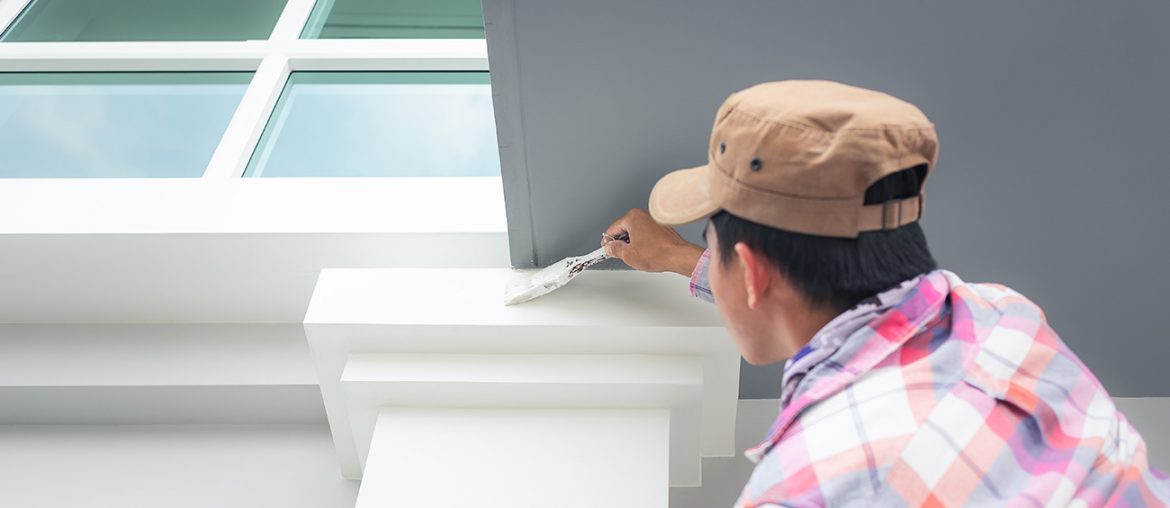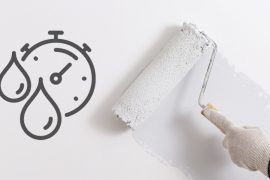Repainting your home exterior walls can do wonders if you’re looking for a façade lift. A can of paint is a budget-friendly way of refreshing your home with a beautiful new coat and getting rid of unsightly stains and cracks. Already convinced? Before you head to a Boysen Mix and Match station, here are tips and advice to remember from Boysen experts.
When Doing Pre-Painting Prep Work
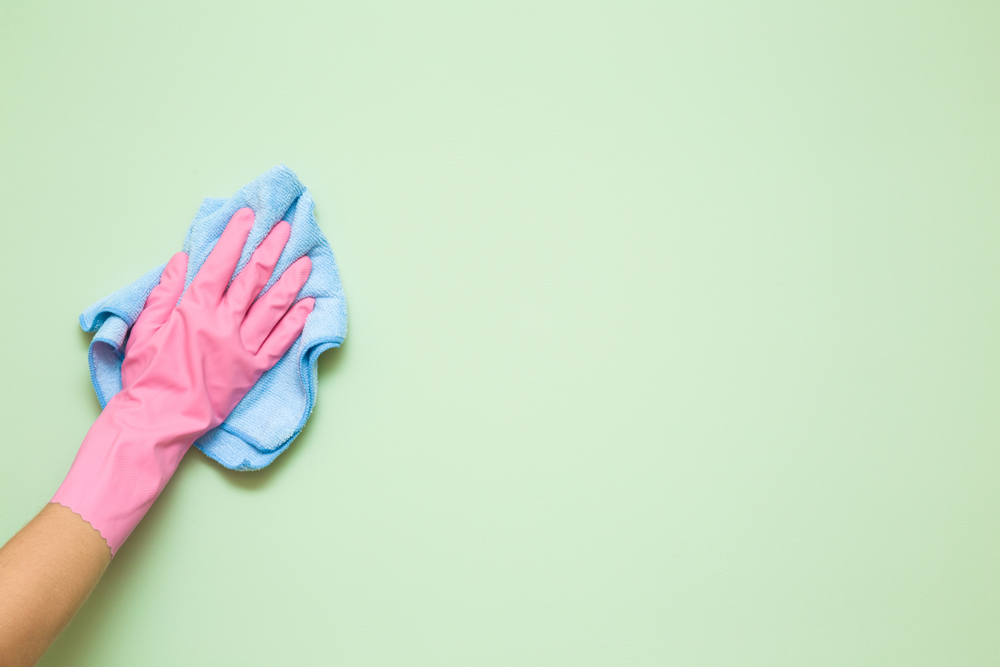
Clean
Just like any other painting project, surface preparation is necessary for all the walls you’ll be working on. Your home exteriors are exposed to the elements so, of course, it can’t stay perfectly clean and pristine. Painting on a surface that’s dirty, dusty, and grimy, however, is a mistake. Dirt will affect how well the paint performs particularly when it comes to adhesion. You can manually scrub your walls but using a pressure washer will get the job done easier and faster.
Fill
Some cracks and other signs of minor damage are expected on your walls especially if it’s been a while since you last inspected it and made repairs. For hairline cracks on exterior concrete, Boysen experts recommend a hardy putty like Boysen Acrytex Cast. Durable and watertight, use it on imperfections that are less than 1 mm in thickness. Then, spot prime where you puttied. For more info on how to use Boysen Acrytex Cast, head here.
If the cracks are large or deep, however, consult an engineer or contractor for proper repair before continuing with your repainting.
Sand or Scrape
The existing paint on your walls needs to be properly prepped as well before you apply the new layer of paint on top of it. This can include either sanding the paint or scraping it off.
If the existing paint is intact and is generally still in good condition, simply sand lightly to improve the adhesion of the next coats. On the other hand, if paint problems are present (such as peeling, blistering, etc.), you will need to scrape off your old paint before repainting.
When Choosing a Paint Product
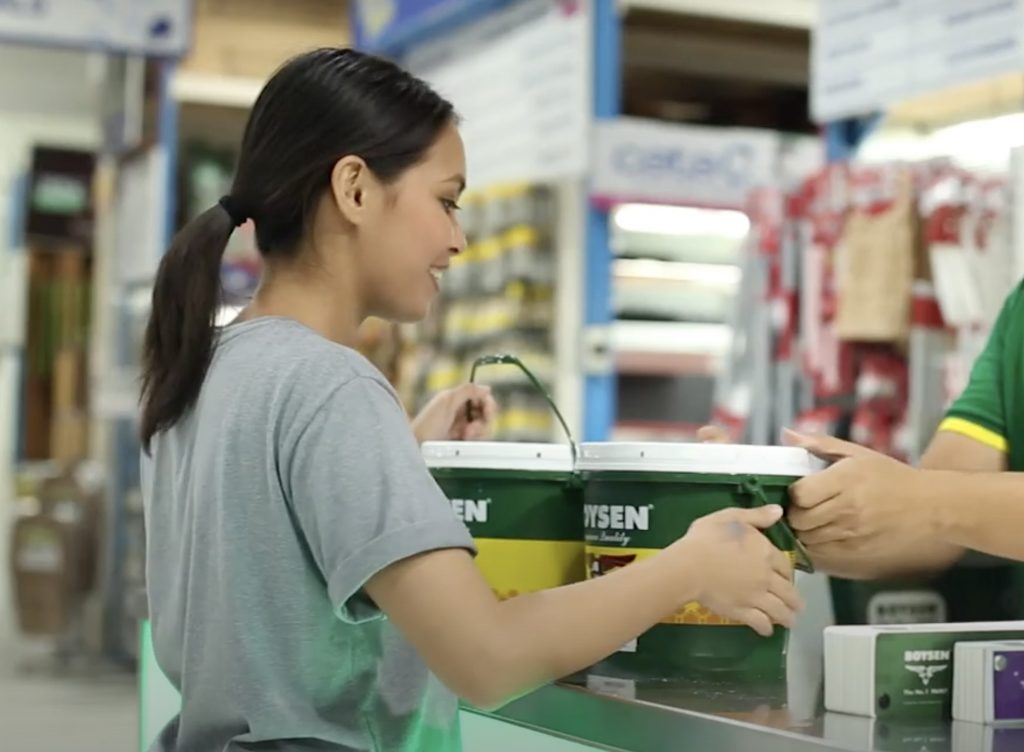
Because you’re repainting (a.k.a. you’ll be applying paint on top of paint), you will need to take what’s already on your walls into consideration when picking which products to use. For one, you would need to avoid paint incompatibility.
One of the ways paint incompatibility happens is when you apply paint of higher solvency over existing paint of lower solvency which then causes problems. An example of this would be applying a solvent-based paint, like Boysen Acrytex, on top of water-based paint, like Boysen Permacoat Latex. You’ll end up with adverse reactions such as paint that will wrinkle, be easily scraped off, and other troublesome issues.
If you don’t know or have forgotten what type of paint is currently on your walls, the safest choice per Boysen experts would be to repaint using a water-based product like Boysen Permacoat Latex. You can learn more about it here.
If you want to use Boysen Acrytex and the existing paint on your walls is not Boysen Acrytex, you will need to completely remove the old paint until you have a bare surface once again to avoid paint incompatibility.
When Applying Your New Paint
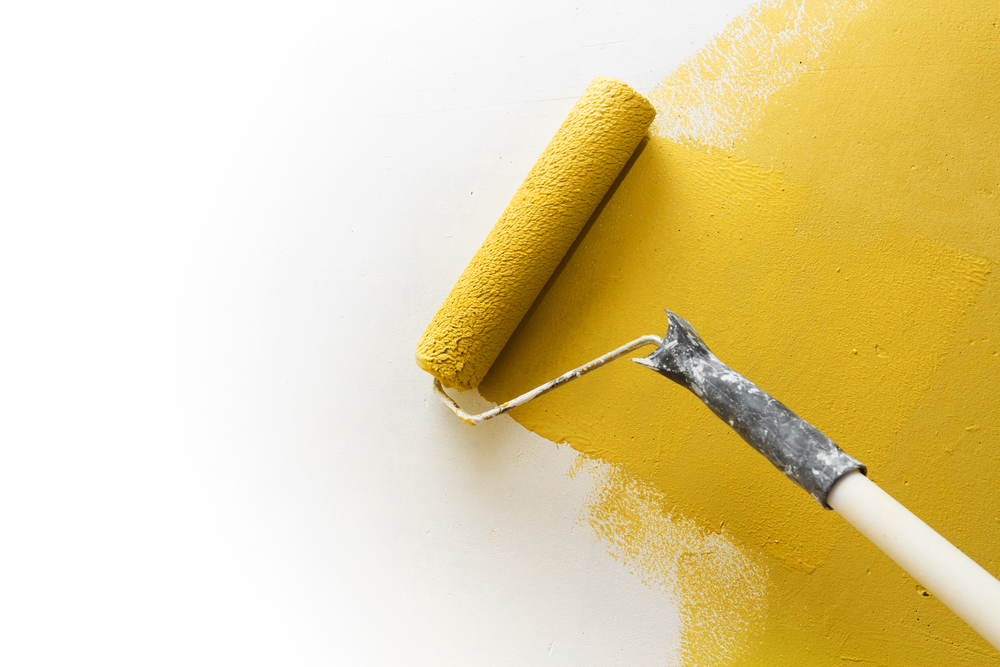
When repainting home exteriors, it’s best to do everything in one project or not at all. Spot painting just some areas of your façade, such as to hide stains or patch chipping areas, is not recommended as you’ll end up with a noticeably uneven result. Yes, this will be true even if you use the same color as your existing paint. Instead, paint corner-to-corner, meaning one whole section at a time, for best results.
For those wondering if they should thin paint before using it, Boysen experts say it is entirely optional for ready-to-use products. But, if you’re new to painting and feel it would be easier or more comfortable for you if the paint were thinner in viscosity, then go ahead. Just remember to read the package label instructions on what thinning solvent to use and to make sure you don’t go over the maximum paint to thinner ratio.
Good luck and happy painting! Want to paint your interior walls too? Find a useful guide here: Boysen Beginner’s Guide: How to Repaint a Room.
If you have any questions or inquiries about Boysen products, send an email to ask@myboysen.com. You can also call the Boysen Technical Service Department at (02) 8363-9738 local 413 to 418 during office hours for a one-on-one consultation.

